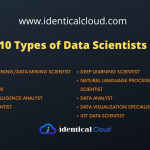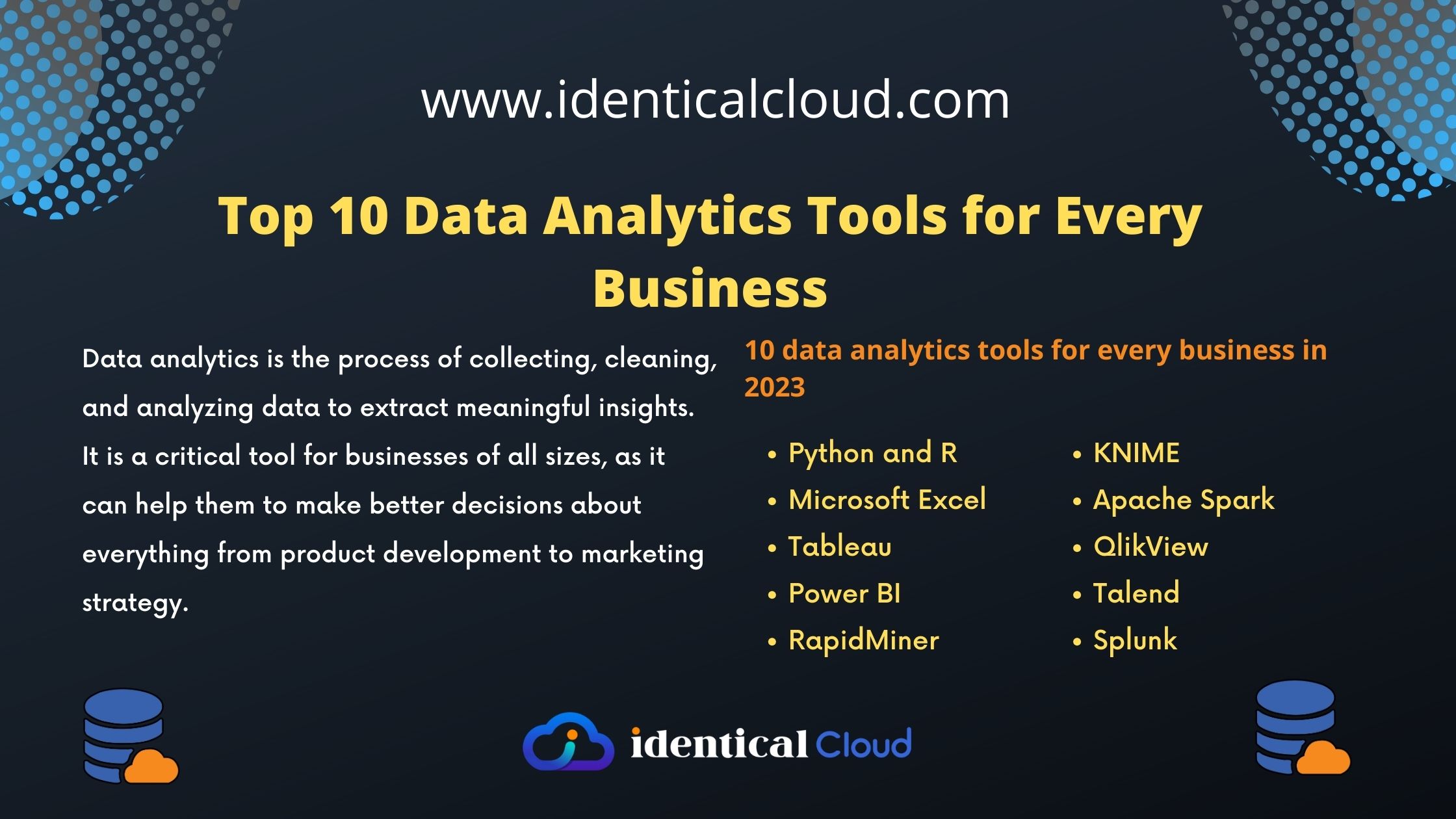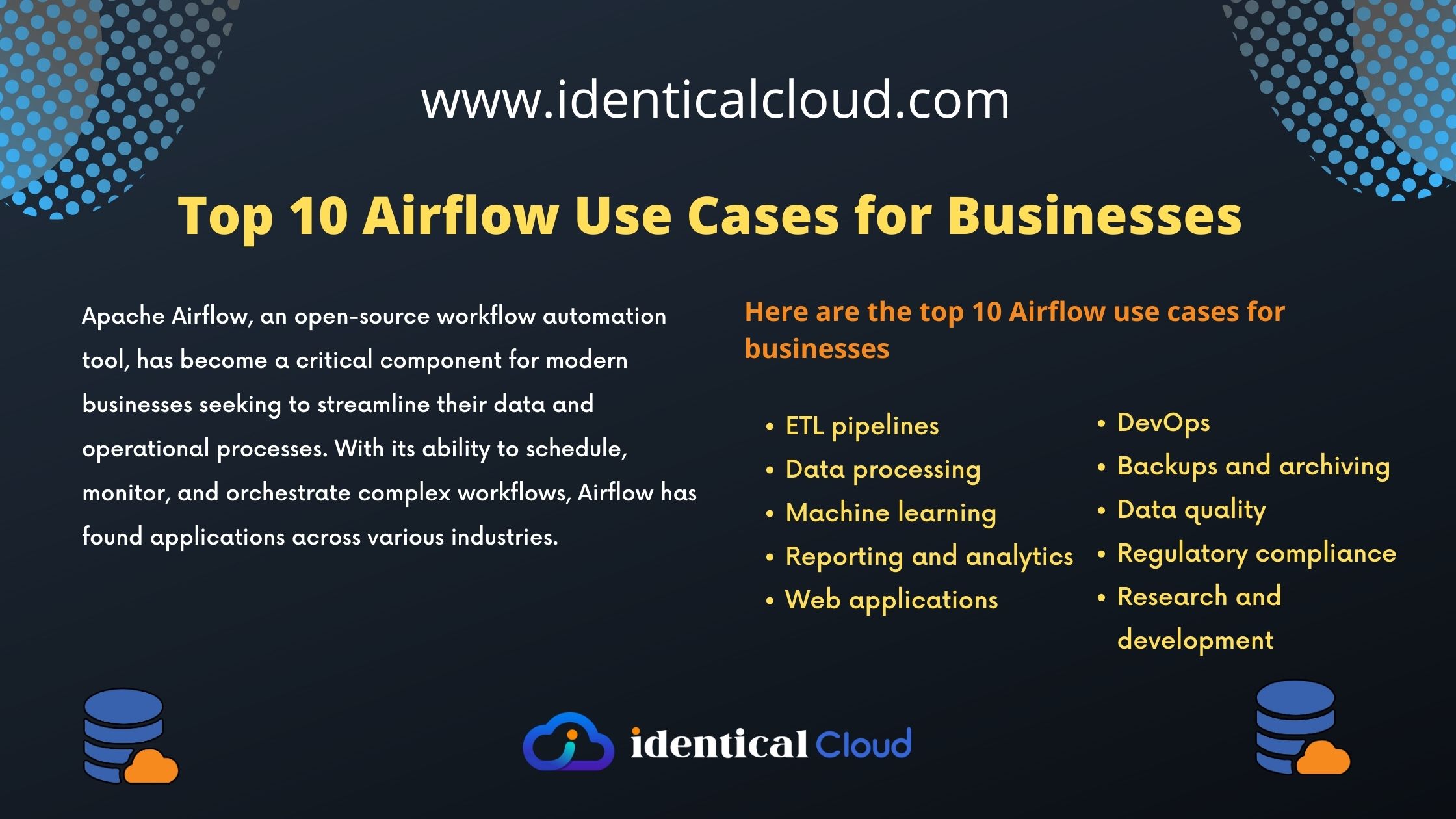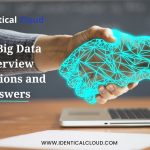
What is Data Analytics? A Complete Guide for Beginners
What is Data Analytics? A Complete Guide for Beginners
What is Data Analytics?
Data analytics is the process of collecting, cleaning, analyzing, and interpreting data to gain insights that can be used to make better decisions. It is a broad field that encompasses a variety of techniques and methods, such as statistics, machine learning, and artificial intelligence.
Data analytics can be used in a wide variety of industries, including healthcare, finance, retail, and manufacturing. It can help businesses to improve their operations, make better marketing decisions, and develop new products and services.
What are the different types of data analytics?
There are three main types of data analytics: descriptive, predictive, and prescriptive.
- Descriptive analytics: This is used to summarize and describe data. It can be used to answer questions like “What happened?” and “What is happening?” Descriptive analytics is the foundation of data analytics and is used to understand the past. It can be used to create reports, dashboards, and visualizations to help businesses understand their data.
- Predictive analytics: This is used to make predictions about the future. It can be used to answer questions like “What is likely to happen?” and “What will happen if I do this?” Predictive analytics uses statistical models to identify patterns in data and make predictions about future events. It can be used to forecast demand, identify fraud, and target marketing campaigns.
- Prescriptive analytics: This is used to recommend actions. It can be used to answer questions like “What should I do?” and “How can I improve this?” Prescriptive analytics uses optimization models to find the best course of action based on a set of criteria. It can be used to optimize supply chains, allocate resources, and make pricing decisions.
These are just the three main types of data analytics. There are many other types of data analytics, such as text analytics, image analytics, and social media analytics. The type of data analytics that is used depends on the specific needs of the business or organization.
How can data analytics be used in business?
Data analytics can be used in business to improve a wide variety of processes, including:
- Customer segmentation: This involves dividing customers into groups based on their characteristics, such as age, gender, location, and purchase history. This information can be used to target marketing campaigns and improve customer service.
- Fraud detection: This involves using data analytics to identify fraudulent transactions. This can help businesses to protect themselves from financial losses.
- Risk management: This involves using data analytics to assess and manage risks. This can help businesses to make better decisions about investments and operations.
- Supply chain management: This involves managing the flow of goods and services from suppliers to customers. Data analytics can be used to improve efficiency and reduce costs.
- Product development: This involves developing new products and services that meet the needs of customers. Data analytics can be used to identify trends and customer preferences.
- Pricing: This involves setting prices for products and services. Data analytics can be used to understand customer demand and set prices that are both profitable and competitive.
- Marketing: This involves promoting products and services to customers. Data analytics can be used to target marketing campaigns, measure the effectiveness of marketing campaigns, and improve customer engagement.
- Operations: This involves the day-to-day running of a business. Data analytics can be used to improve efficiency, reduce costs, and improve decision-making.
- Human resources: This involves hiring, training, and managing employees. Data analytics can be used to identify top performers, predict employee turnover, and improve recruitment and training programs.
These are just a few examples of how data analytics can be used in business. The specific applications of data analytics will vary depending on the industry and the specific needs of the business.
How can I learn data analytics?
There are many ways to learn data analytics. You can take online courses, attend workshops, or get a degree in data science. There are also many resources available online, such as blogs, articles, and tutorials.
Here are a few options:
- Take online courses: There are many online courses available that can teach you the basics of data analytics. These courses can be a great way to learn at your own pace and on your own time.
- Attend workshops or bootcamps: Workshops and bootcamps can be a more intensive way to learn data analytics. These programs typically cover a wider range of topics and can help you to develop your skills more quickly.
- Get a degree in data science: A degree in data science can give you a more comprehensive understanding of data analytics. These programs typically cover a wider range of topics, including statistics, machine learning, and artificial intelligence.
- Read books and articles: There are many books and articles available that can teach you about data analytics. These resources can be a great way to learn about the latest trends and techniques in data analytics.
- Work on projects: One of the best ways to learn data analytics is by working on projects. This will give you hands-on experience with the tools and techniques of data analytics.
- Network with other data analysts: Networking with other data analysts can be a great way to learn about the field and get advice from experienced professionals.
The best way to learn data analytics depends on your individual needs and learning style. If you are a beginner, I recommend starting with online courses or workshops. Once you have a basic understanding of the concepts, you can then consider getting a degree or working on projects.
If you are interested in learning data analytics, I recommend starting with the basics. Learn about statistics, machine learning, and artificial intelligence. Once you have a basic understanding of these concepts, you can start learning more advanced techniques.
There are many opportunities for data analysts in the workforce. The demand for data analysts is expected to grow in the coming years. If you are interested in a career in data analytics, I encourage you to learn more about this field.









